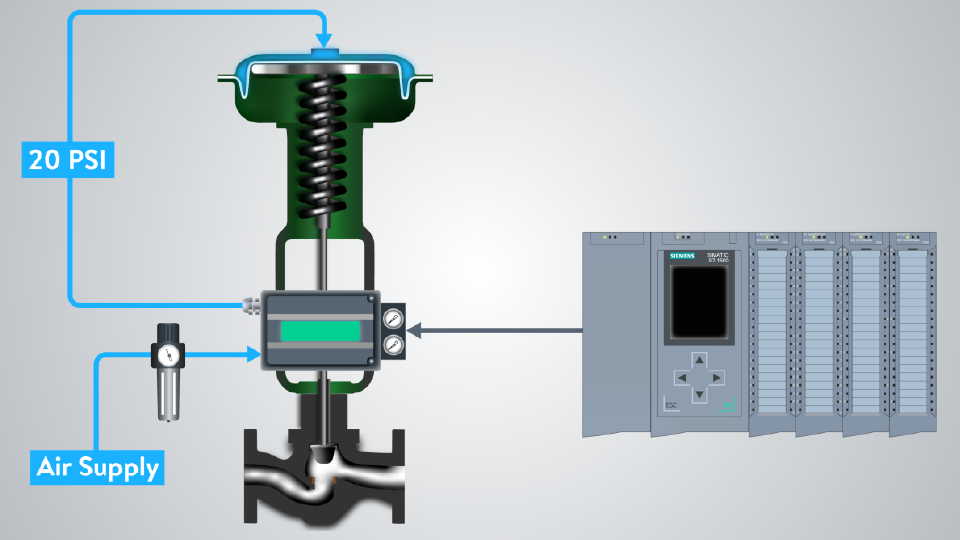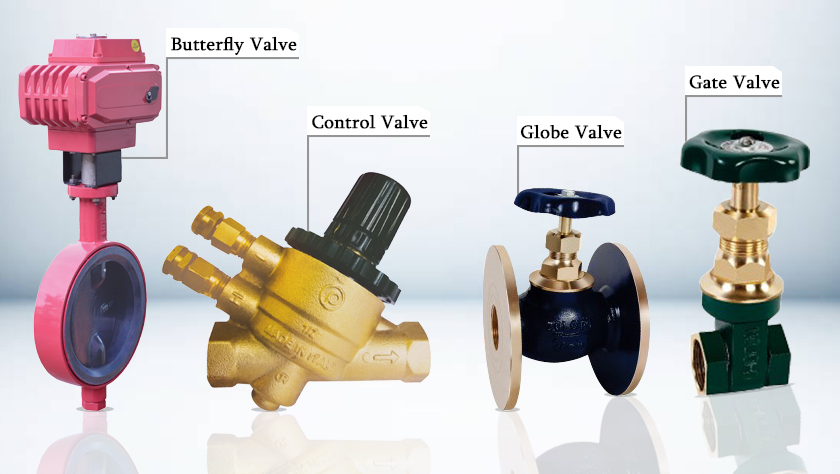Innovative Control Valves: Enhancing Accuracy and Integrity
Innovative Control Valves: Enhancing Accuracy and Integrity
Blog Article
Achieve Seamless Combination and Control With High Quality Structure Automation Controls
In the realm of contemporary building monitoring, the significance of high quality structure automation controls can not be overemphasized. Welcoming quality building automation controls is not just a matter of comfort however a strategic essential for organizations intending to optimize their centers' performance and sustainability.

Development of Building Automation Controls
Throughout the past couple of decades, the development of developing automation controls has dramatically changed the means structures are managed and run. Originally, developing automation systems largely concentrated on fundamental functions such as managing air, home heating, and ventilation conditioning (A/C) systems. As innovation advanced, these controls have actually become a lot more sophisticated, permitting for a larger range of building systems to be incorporated and handled centrally.
The evolution of constructing automation controls has seen a shift towards even more smart systems that can adjust to transforming problems in real-time. This flexibility is vital for maximizing energy efficiency and guaranteeing passenger convenience. Furthermore, modern-day building automation controls currently provide attributes such as anticipating upkeep, remote tracking, and information analytics, enabling facility supervisors to make data-driven decisions to enhance building performance.

Advantages of High Quality Combination
The advancement in building automation regulates towards even more smart systems has emphasized the substantial advantages of high quality assimilation in maximizing building operations and boosting general efficiency. This central control additionally supplies much better visibility and understandings into building performance, making it possible for aggressive upkeep and optimization strategies. Generally, the benefits of high quality combination in building automation controls are obvious, supplying increased performance, comfort, and operational effectiveness.
Boosted Customer Experience and Accessibility
Enhancing customer communication with structure automation manages with user-friendly style and boosted ease of access boosts the general experience for residents and center managers alike. By concentrating on individual experience, developing automation systems can become extra straightforward and effective. Instinctive interfaces, clear navigating, and customizable settings equip users to communicate with the controls quickly and properly.
Ease of access features play an important function in making sure that all individuals, including those with handicaps, can make use of the building automation controls easily. Including features such as voice commands, responsive buttons, and color-contrasted displays can boost access and make the controls more inclusive.
Moreover, boosted user experience causes higher customer complete satisfaction, enhanced productivity, and far better decision-making. Residents can change environmental setups according to their preferences, while facility supervisors can effectively manage and keep an eye on building systems - control valves. In general, focusing on individual experience and access in building automation manages adds to a much more seamless and effective structure setting for all stakeholders included
Sustainable Practices With Automation

Additionally, automation can assist in the assimilation of sustainable energy resources such as solar panels or wind turbines into building operations. By automatically changing power use based upon the accessibility of sustainable power, structures can better minimize their reliance on non-renewable sources. This smooth combination of sustainable techniques not only profits the setting yet additionally improves the general operational efficiency and cost-effectiveness of the he has a good point building. Through automation, structures can line up with modern-day sustainability goals and contribute to a greener future.
Future Trends in Structure Control Systems
One popular fad forming the future of building control systems is the raised combination of Artificial Knowledge (AI) and maker knowing. Furthermore, the Web of Things (IoT) is changing structure control systems by connecting gadgets and sensing units to improve procedures and boost effectiveness.
One more essential trend is the emphasis on cybersecurity procedures to secure read what he said against possible dangers to building automation systems. As buildings end up being much more interconnected, making sure durable cybersecurity procedures will certainly be essential to protect delicate data and prevent unauthorized gain access to.
Additionally, the change in the direction of cloud-based platforms is acquiring energy, enabling for centralized control and remote access to structure systems. This facilitates less complicated tracking, upkeep, and updates, improving the total efficiency and adaptability of structure control systems. As innovation remains to advancement, these patterns are anticipated to shape the future landscape of building automation controls, driving development and sustainability in the built atmosphere.
Verdict
Finally, building automation controls have actually developed substantially, using many benefits such as enhanced user experience, access, and sustainable practices. Quality assimilation plays a key duty in accomplishing seamless control and effective operation of structure systems. Future trends in structure control systems are most likely to concentrate on further boosting automation abilities for improved power efficiency and general efficiency. It is important for structure proprietors and operators to prioritize the fostering of quality building automation manages to maximize building operations and achieve lasting sustainability objectives.
In the realm of modern building management, the value of high quality structure automation controls can not be overstated. Overall, the evolution of structure automation manages continues to drive development in the structure administration sector, providing brand-new opportunities for developing smarter and extra lasting buildings.
The improvement in structure automation manages in the direction of even more smart systems has actually emphasized the significant benefits of quality combination in optimizing building operations and enhancing general effectiveness. Overall, prioritizing individual experience and ease of access in building automation regulates contributes to a more effective and seamless building environment for all stakeholders involved.
It is important for building proprietors and drivers to click for source prioritize the adoption of top quality structure automation controls to maximize building operations and attain lasting sustainability goals. - control valves
Report this page